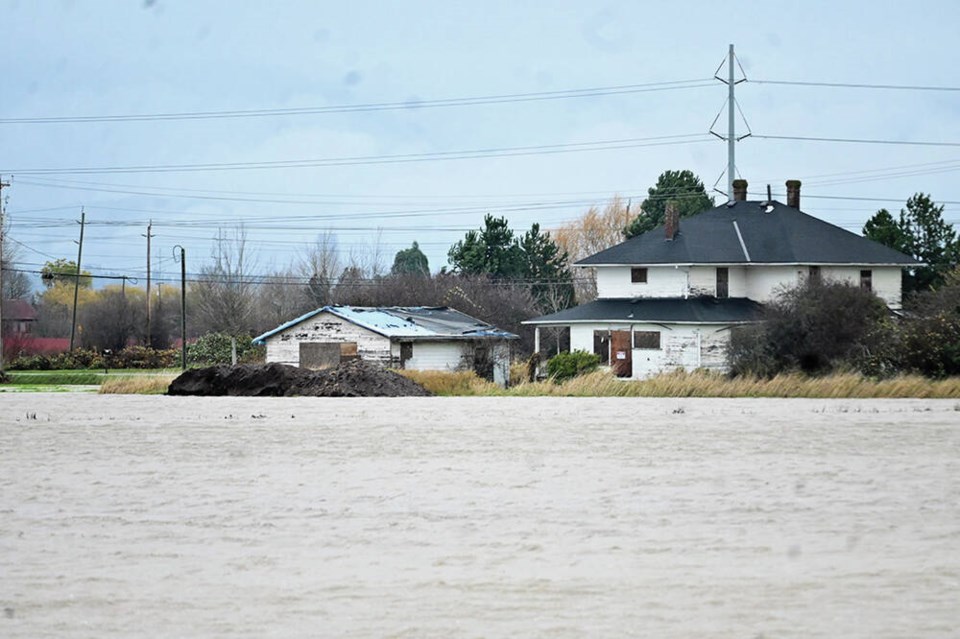Just how much the City of Delta could be on the hook for the massive cost to upgrade its diking system is still not clear, unless billions in government funding materializes.
The ÎÚÑ»´«Ã½ government recently released its long-awaited flood protection strategy, a plan that doesn’t specify timeliness, price tags or how projects are to be funded.
The plan is to be a guide for continued flood preparedness and mitigation works, with one of the “pathways” aimed at developing a predictable funding program including establishing ongoing tailored funding programs for hazard risk mitigation.
The document also notes collaboration with the federal government, cost-sharing across sectors and levels of government, as well as coordination with other agencies will be explored.
Coun. Dylan Kruger said it is disappointing the plan falls short on critical details including priorities, cost breakdowns and how much each level of government is expected to contribute.
He said the provincial announcement of $39 million for flood mitigation for all of ÎÚÑ»´«Ã½ is just a drop in the bucket. The cost of dike upgrades in Delta alone are well over $2 billion, and the costs across Metro Vancouver are more than $12 billion.
“It’s disappointing that the Flood Strategy does not contemplate re-establishing the provincial government as the primary diking authority in British Columbia, as requested by multiple resolutions from the Union of BC Municipalities (UBCM),” said Kruger.
The province released its Intentions Paper on the upcoming flood strategy more than a year ago. That document acknowledged that, due to climate change, river flooding is expected to be at least 10-to-20 per cent more frequent, while local floods from heavy downpours are expected to be 40 per cent more frequent, and that sea level rise of more than one metre is expected by the end of this century.
The report noted the vast majority of dikes in the province no longer meet provincial standards, with one study estimating only five per cent of all dikes in the entire Lower Mainland meet current standards.
However, while the Intentions Paper described the need for planning as well as reviewing and modernizing legislation and regulations, it does not go so far as concluding who should foot the bill for the enormous expense.
“Local governments are stuck in limbo with diking infrastructure we don’t want, without any ability to pay for billions of dollars in upgrades that senior government is requiring. I’m hopeful that the province will work with municipalities to develop this high-level strategy into a plan that prioritizes action items, prescribes specific timelines, and develops a detailed funding model for action,” Kruger added.
A City of Delta report notes that the community currently has $6.5 billion in private property and public infrastructure protected by Delta’s diking infrastructure, while the estimated damage by a major dike breach is anywhere from $1 billion-to-$3 billion, adding about 53 per cent of Delta’s land mass is vulnerable to flooding.
The Fraser Basin Council recommends establishing a long-term funding program to support implementation of the Lower Mainland Flood Management Strategy, with senior level government financial support clearly needed.
